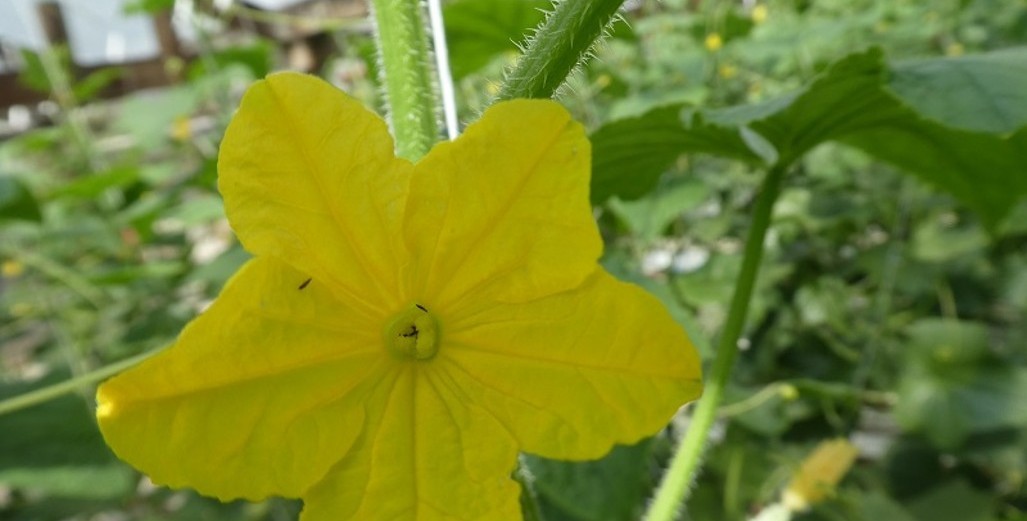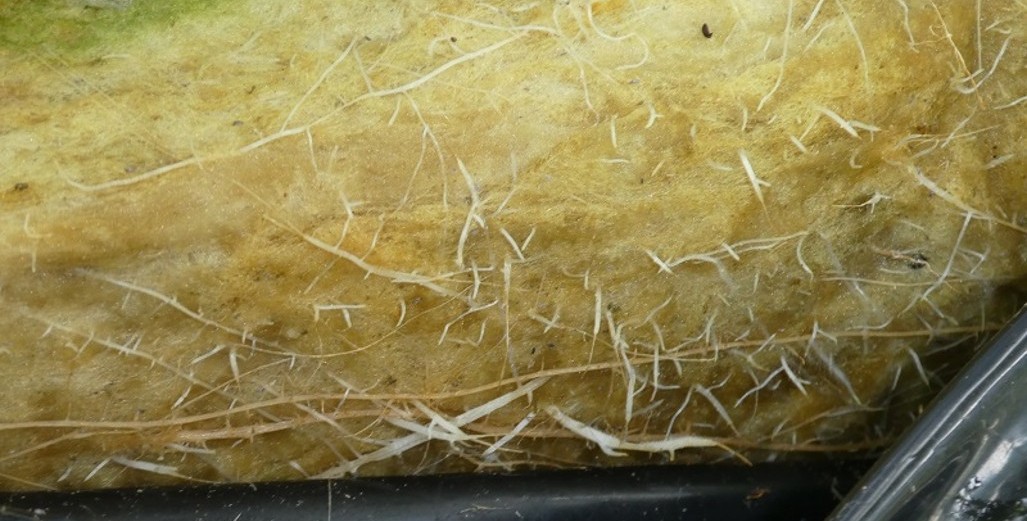King Sweeties: From Kaitaia to the Bluff
Gavin and Vanessa Naylor, owners of Freshwest, have been growing capsicums since purchasing their 8000 m2 greenhouse in 2004. Situated in Waiuku, New Zealand, the operation has gone from growing a standard blocky capsicum to the niche long pointed capsicum known as King Sweeties. An extension has since been added to increase the greenhouse to 10,000 m2, comprised of three separate growing compartments.

King Sweeties are the main variety grown by Freshwest
Gavin, a born and bred Aucklander, was raised in the suburb of Pakuranga. Having always been interested in the outdoors, a chance meeting with a friend of a neighbour gave him a short-term opportunity to work on a new kiwifruit operation South of Auckland. This experience encouraged him to study horticulture after finishing high school. Gavin went onto complete a Diploma of Horticulture via Massey University. The course was completed extramurally. In 1984, at the same time he was studying, he was employed with what was at the time, a very large tomato growing operation in Whitford. The greenhouse area was approximately 1800 m2. As fate would have it, a helicopter spraying hormone in the neighbour’s fields accidentally caused a spray drift which wiped out a young crop of tomatoes. A new crop of tomatoes was planted but remaining active residue caused the second crop to fail. The owner, who did not want to have a season without any production, decided to plant rock-melons for export to Japan. From this twist of fate, and the need to learn about growing melons, it was decided to send one of their staff to Japan. Gavin was chosen. Over the next four years he frequently visited Japan, and after two years he ended up working fulltime for a Japanese seed company in conjunction with an export company. Then in 1988 the Japanese seed company purchased a property in Kumeu, so Gavin was put in charge of setting the operation up to grow and export rock melons.

Wee Sweeties are grown on a smaller scale but are still very popular with consumers
All of this happened very quickly for Gavin. By the time he was 25 he wanted a change the decision was made, with partner Vanessa (now his wife), to have a year off and travel overseas. They spent the next year in Perth, where Gavin worked as a brick layer. When they returned to New Zealand, the family had a flower growing operation in Patumahoe, he was asked to run the property, which he did for the next two years. Vanessa and Gavin then purchased their first greenhouse property, whcih was for sale close by. There was no heating system, so it was used to grow melons for the export market during the summer season. Not long after an opportunity to grow Hypericum Berries (used to fill floral bouquets) came about when a Dutch grower, who was going to immigrate to New Zealand to grow them, decided not to immigrate. However, he had already sent plants to a friend of Gavin’s, a lily bulb grower in Waiuku, to be bulked up in preparation. There were now 8000 plants with no one to grow them, Gavin was offered the plants, of an “unknown” crop, which had never been grown in New Zealand before. Along with another flower grower, they shared the plants taking half each. The crop proved to be extremely popular and successful. Within a short period of time, a large 20-acre property was purchased where, at its peak, 10 acres of Hypericum was grown mainly for export to Japan and Taiwan. Such was the size of the operation, at its peak, 50 staff were employed. Unfortunately, being export based, other countries such as Ecuador and Zimbabwe, started growing huge amounts so it became unsustainable to compete on price.
Soon after winding up the Hypericum Berry operation, the opportunity to purchase Freshwest presented itself. In 2004 Gavin and Vanessa became capsicum growers. Initially the main crops grown were standard blocky capsicums along with a small amount of chillies.

Red King Sweetie
After many years, with the expansion of the standard blocky industry in New Zealand, which is still mainly an export-based market, the decision was made to start to diversify to new types of capsicums for the domestic market. First came the Little Sweeties and now the Wee Sweeties and King Sweeties are the mainstay. When they first started growing the ‘’Sweeties’” range it was not well known to consumers. They were not aware of the point of difference which was the amazing taste that Sweeties have. Gavin has credited MG Marketing, he said “MG Marketing have been brilliant promoting and marketing the Sweeties range”. Their assistance has been instrumental in the labelling, barcoding and compliance.” This has allowed Gavin and Vanessa to concentrate on the growing and packing of the product. It is certainly great to hear that the relationship they have formed has been so successful. The Sweeties range is now sold from Kaitaia to the Bluff and is in high demand. It has been so successful that in 2017 the King Sweeties were a finalist for the New Zealand Food Award’s.

Red and Yellow King Sweeties ready for the supermarket shelves
The main variety, King Sweetie is a tricky plant to keep in balance. Gavin knows from experience how to manage the fruit load, especially during the summer months. This has taken time to perfect. The property is serviced by an environmental computer system, a coal fired heating system and has a fully recycled irrigation system. The business employs 6 full time staff, excluding Gavin and Vanessa, and during its peak, in the summer months, they employ up to 4 further staff. Freshwest are very proud to be NZ GAP accredited delivering fresh, tasty produce available for all New Zealand consumers.
Vanessa and Gavin are the perfect example of a successful growing operation. They have diversified and adapted to create a point of difference with the King Sweeties. Long may it continue.

Healthy fully loaded plants with King Sweeties

Vanessa Naylor is involved in all aspects of the growing operation. On the day I visited she was very busy grading the King Sweeties.


Yellow King Sweeties also have an amazing sweet taste.
I appreciate your comments. Please feel free to comment below or on the grower2grower Facebook page:
https://www.facebook.com/StefanGrower2grower/
Article Written by Stefan Vogrincic, Consultant, Grower2Grower
Article Edited by Marie Vogrincic, Editor, Grower2Grower



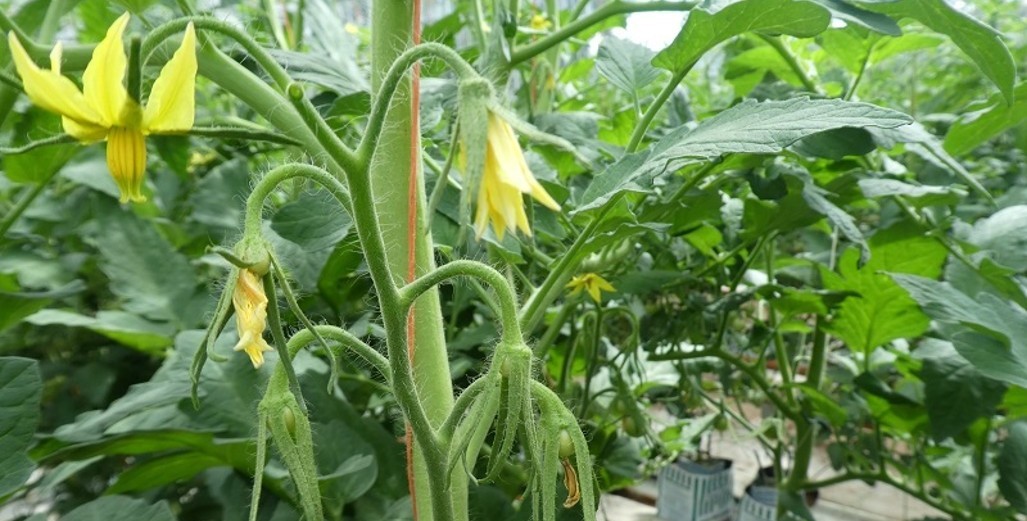
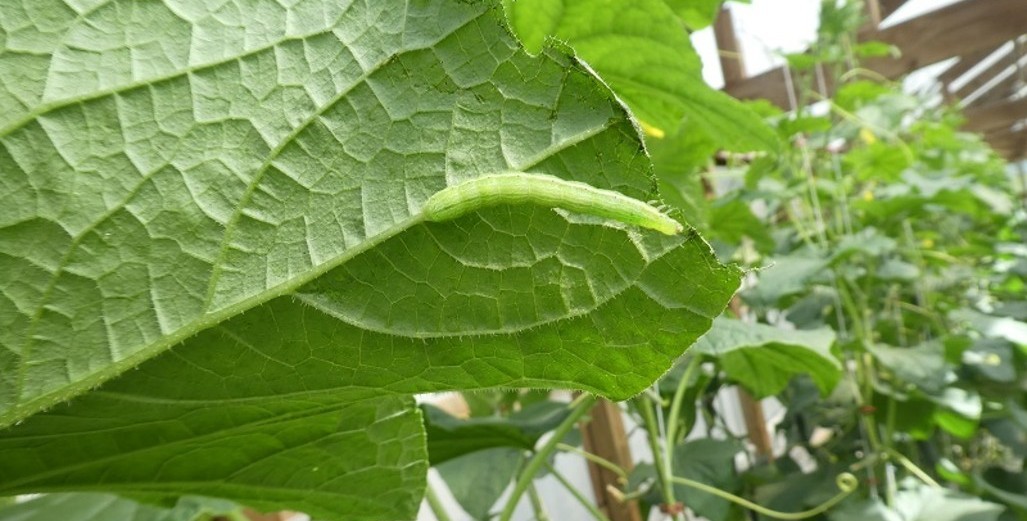
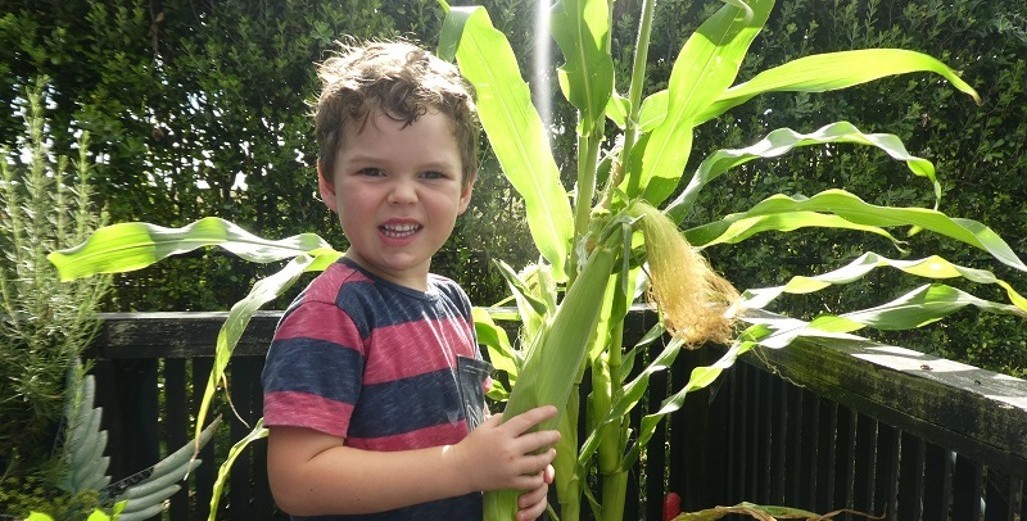
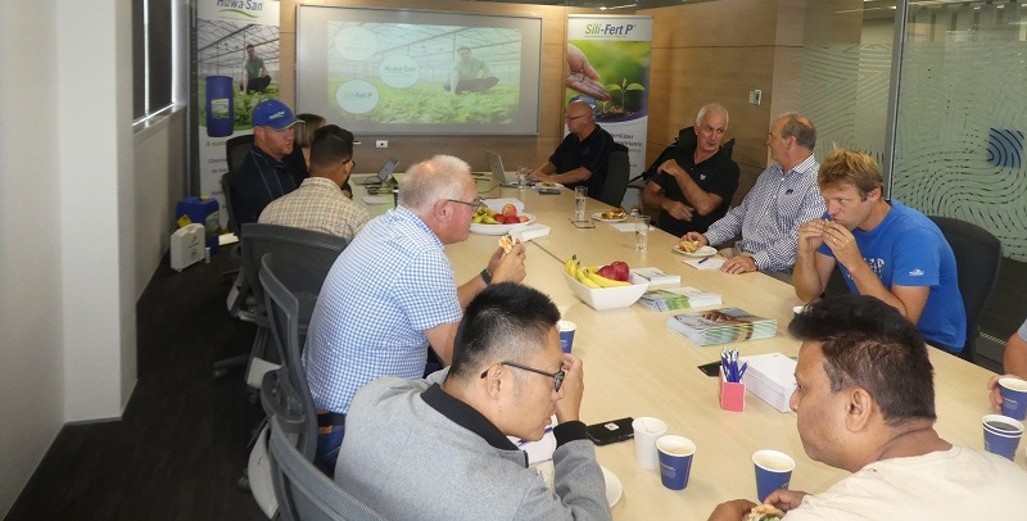

.jpg)


